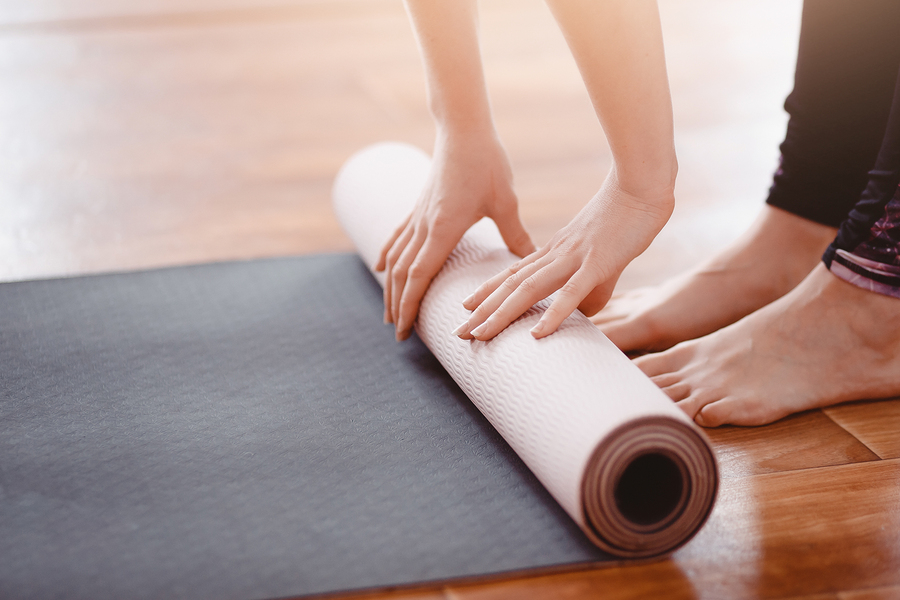In recent years we’ve developed a better understanding of hypermobility and its possible link with a broad range of seemingly unrelated conditions.
The term ‘hypermobility’ is used to describe joints with a greater range of movement than the so-called norm. It’s a condition affecting connective tissue.
Children often have flexible bodies, and for this reason might gravitate towards activities such as swimming, gymnastics or dance.
But in about 20% of people — especially women — this continues into adulthood. It’s genetic.
If we can touch the floor with our hands without bending our knees we might fit into that category.
Other tests include being able to bend our thumb back to touch our forearm, having knees that can bow backwards, or elbows that bend up in the middle when we have our arms outstretched with palms facing up.
I have a degree of this, and I also see it in a surprising number of other women.
Some of us take up yoga because it feels like a good fit. In fact, a lot of the postures we see in yoga images can only be carried out by someone with extra range in their joints.
Being flexible is, in itself, not a problem (unless it’s extreme), but if you do fit into this category it might be a revelation to discover that other issues can be linked with it.
For example, hypermobility can be associated with scoliosis, fatigue, anxiety, headaches, allergies, chemical sensitivities, vestibular issues, mitral valve prolapse (a heart valve that doesn’t close as well as it should), bladder or bowel issues, autism, ADHD, and gut problems such as food intolerances, small intestinal bacterial overgrowth (SIBO) and irritable bowel syndrome (IBS).
That’s a long and diverse list, and less commonly, some people have syndromes that include a range of them. They might also have chronic pain, stretchy skin, and bruise easily.
We refer to hypermobility as a spectrum, but that’s a bit simplistic. It’s more like a spectrum crossed with patchwork — there’s huge variation and no two people’s situations are identical.
Still, regardless of where we sit in this, there may be implications for how we approach exercise.
The tissue in hypermobile joints can be less resilient, and lower estrogen post-menopause could add to this. We need to understand our own bodies and work with them — though that applies to everyone.
Which is code for: get someone else to move the sofa or carry the three-year old if that’s not right for you.
As much as yoga might seem ideal, the last thing we need is to make already flexible bodies more flexible. It’s important not to push the joints to their end range just because we can.
People with hypermobility might also find balance and proprioception (awareness of our body in space) challenging.
So the aim is to focus on developing strength with control and joint stability, moving forward at a sensible pace, resting when it’s needed, being consistent, and not overdoing it. Quality over quantity.
Pushing into fatigue only makes it harder to pay attention and keep the joints stable. And that can increase the risk of injury.
Photo Source: Bigstock

